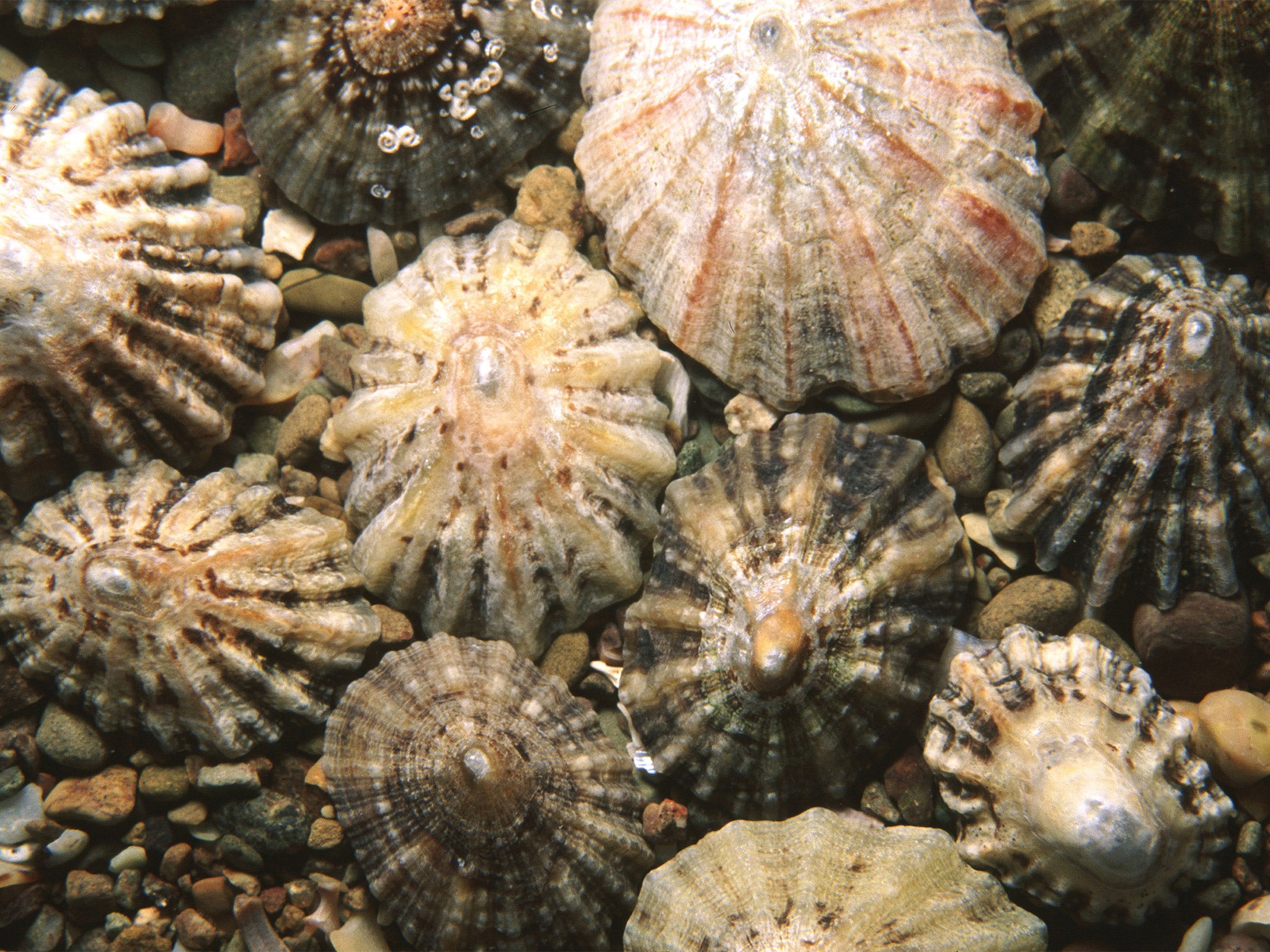Limpet teeth are the strongest biological material known to man
The teeth were so hard that a diamond saw had to be used to slice them

Your support helps us to tell the story
From reproductive rights to climate change to Big Tech, The Independent is on the ground when the story is developing. Whether it's investigating the financials of Elon Musk's pro-Trump PAC or producing our latest documentary, 'The A Word', which shines a light on the American women fighting for reproductive rights, we know how important it is to parse out the facts from the messaging.
At such a critical moment in US history, we need reporters on the ground. Your donation allows us to keep sending journalists to speak to both sides of the story.
The Independent is trusted by Americans across the entire political spectrum. And unlike many other quality news outlets, we choose not to lock Americans out of our reporting and analysis with paywalls. We believe quality journalism should be available to everyone, paid for by those who can afford it.
Your support makes all the difference.Forget spiders' webs; the teeth of tiny limpets are the strongest biological material yet discovered, and could be used to build the cars, boats and planes of the future. And their sheer strength could see them become the basis for a new generation of virtually unbreakable false teeth, according to researchers from the University of Portsmouth.
Details of a series of experiments, published in the Royal Society journal Interface today, reveal how the strength of limpet teeth is the highest ever recorded for a biological material, superseding that of spider silk, and comparable to the strongest man-made fibres such as carbon.
The teeth of the common limpet, found in seas surrounding Britain and across western Europe, “need to be mechanically robust and avoid catastrophic failure when rasping over rock surfaces during feeding,” researchers note in the study, which also involved experts from Queen Mary University London, and the University of Trento, Italy.
The teeth were so hard that a diamond saw had to be used to slice them into tiny pieces which were then reduced further in size by being bombarded with atoms from an ion beam. The widths of the resulting samples were 100 times smaller than the diameter of a human hair.
They were subjected to a battery of tests involving special machinery to see how much stress could be applied before they reached breaking point.
The study concluded: “The tensile strength of limpet teeth can reach values significantly higher than spider silk, considered to be currently the strongest biological material, and only comparable to the strongest commercial carbon fibres.”
And the natural properties of limpet teeth, which contain a hard material known as goethite, which forms in the limpet as it grows, were found to be the same irrespective of how small the samples were.
Professor Asa Barber, who led the study, told The Independent: “The strength of limpet teeth is, on average, 4.9 GPa – that is like trying to break a piece of spaghetti with 3,000 bags of sugar. The second strongest material is spider silk at up to about 4 GPa, followed by the bamboo at almost 1 GPa.” Bone and human teeth are further behind, at 0.7 GPa and 0.5 GPa respectively.
Scientists believe the structure could be reproduced in high-performance engineering, such as racing cars and in boat hulls.
“Limpet tooth strength is comparable to the fibres used in bullet-proof vests and the carbon fibres commonly used in composites for aerospace structures and Formula 1 cars,” said Professor Barber. “The limpet has been able to make something in a biological process that performs as well as man-made materials that are not recyclable and use harmful chemicals,” he added.
The findings are unlikely to unsettle scientists developing hi-tech uses for carbon materials such as graphene because – unlike limpet teeth – they are able to conduct electricity.
Yet when it comes to people’s appearance, the discovery may yet come into its own. “The next stage is 3-D printing - trying to print out the structures that we observe in the natural world,” said Professor Barber. In the case of the material found in the mouth of the common limpet, this could translate into “super hard false teeth” for humans, he added.
Join our commenting forum
Join thought-provoking conversations, follow other Independent readers and see their replies
Comments